History of Charotar
Charotar, also known as Charamandal, is a region in the western Indian state of Gujarat. The region has a rich history dating back to ancient times. During the ancient period, Charotar was part of the powerful Maurya and Gupta empires. The region was also a major center of Jainism and had many temples and shrines dedicated to the religion.
In the medieval period, Charotar was ruled by various Rajput clans, including the Chauhans, Solankis, and Vaghelas. The Rajputs were known for their military prowess and chivalry. They built many forts and palaces in the region, including the famous Bhadra Fort in the city of Ahmedabad.
In the 15th century, Charotar came under the rule of the Sultanate of Gujarat. The sultans of Gujarat were great patrons of art and architecture. During their rule, many Islamic monuments, including mosques, palaces, and tombs, were constructed in Charotar. Some of the most famous monuments of this period include the Jami Masjid in Ahmedabad, the Jama Masjid in Champaner, and the Rani Rupmati Mosque in Ahmedabad.
In the 16th century, the Mughal emperor Akbar conquered Gujarat, and Charotar became part of the Mughal Empire. Akbar was known for his religious tolerance and his policies of inclusion. During his reign, many Jain and Hindu temples were built in Charotar, including the famous Modhera Sun Temple and the Rani ki Vav stepwell in Patan.
During the 18th century, Charotar came under the control of the Maratha Empire, which ruled much of western India. The Marathas were known for their military prowess and their ability to conquer and rule large territories. They constructed many forts and palaces in Charotar, including the famous Lukshmi Vilas Palace in Anand.
In the 19th century, the British East India Company took control of Charotar and the rest of Gujarat. During the British rule, the region witnessed significant changes in its economy and society. The British introduced modern education, railways, and industry to the region, which led to the growth of towns and cities. The city of Ahmedabad became a major center of textile production, while Anand became known for its milk and dairy products.
The British also introduced modern legal systems and governance structures to Charotar. The region saw the establishment of courts, police stations, and administrative offices. The British also introduced the concept of private property and land ownership, which led to the consolidation of land holdings and the emergence of a class of wealthy landowners.
During the Indian independence movement, Charotar played a significant role. Many freedom fighters, including Sardar Vallabhbhai Patel and Mahatma Gandhi, were from Gujarat. The city of Ahmedabad was a major center of the non-violent civil disobedience movement led by Gandhi. The Salt Satyagraha, which was a major event in the Indian independence movement, was launched from the coastal town of Dandi in Gujarat.
After independence, Charotar became part of the Indian state of Gujarat. The region witnessed significant development in the post-independence period. The Green Revolution, which was launched in the 1960s, transformed the agricultural landscape of Charotar. The region became known for its high-yield crops and modern farming practices.
Today, Charotar is a prosperous region with a thriving agricultural economy, famous for its milk and dairy products. It is also home to many educational institutions, including the prestigious Anand Agricultural University. The region has preserved many of its historical landmarks, including temples, palaces, and forts, which
Help. Did you like this website or this article. We are non profit website, Please help keep 14Gaam online
info

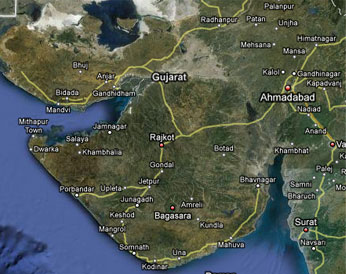

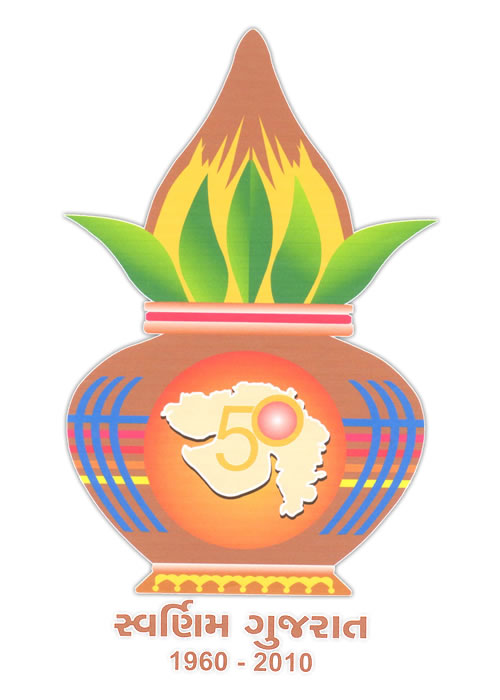
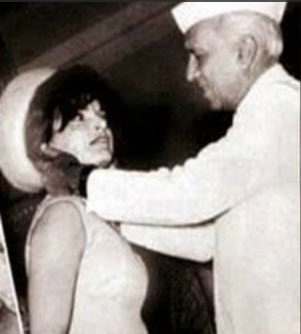
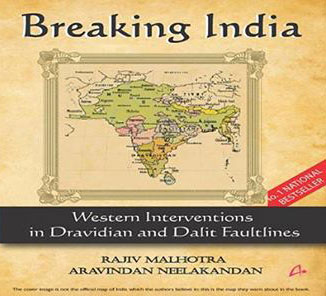
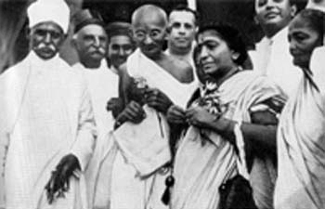
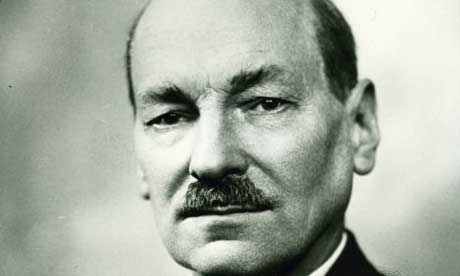
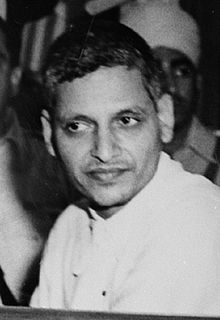
Recent Comments